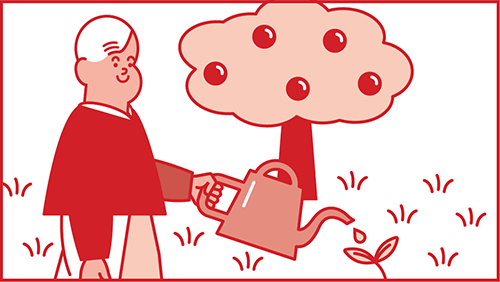For more stories like this, sign up for the PLANSPONSOR NEWSDash daily newsletter.
Economic Dart-Throwing a Tough Business These Days
Once again, Friday, the analysts called for 150,000 new positions to be added while the US Department of Labor reported that only 112,000 had actually been created (See Economy Tacks On 112,000 January Jobs ). Further, the economists predicted a steady unemployment rate at 5.7%; the rate actually ticked down to 5.6% in January. In fact, according to a Reuters report, economists’ forecasts have missed actual payroll figures by an average of 77,000 jobs since October 2003.
Normally, economists use other indicators and survey results , such as the unemployment insurance rate and the Institute for Supply Management’s (ISM) business activity indexes, as they gaze into their crystal balls.But the high level of productivity gains in the past year have made this method of forecasting rather unsuccessful. As firms exploit technology put in place during the boom years and outsource for cheaper labor, they can churn out more without expanding staff.
Economists still hesitate to say that hiring will accelerate this year, even though a report showed on Thursday that non-farm worker output per hour slowed to a 2.7% annual rate in the fourth quarter after the third quarter’s rate of 9.5%.
Being a payroll growth prognosticator also doesn’t promise to get much easier in coming months, the economists say. The drop in the unemployment rate to 5.7% last month from 6.2% in September 2003 is primarily due to discouraged jobless people leaving the workforce, said Mary Ann Hurley, vice president of fixed-income trading at D.A. Davidson & Co. in Seattle, Washington.
If the economy can continue adding jobs, the unemployment rate, which is determined from a different survey from payrolls, may rise as people come back into the labor market, shesaid.That, potentially, could make the relationship between payroll growth and the unemployment rate more unpredictable.
You Might Also Like:
Investment Product & Service Launches
Investment Product and Service Launches
Real Asset Allocations in Target-Date Funds
« Wilshire: 2002 'Worst Year Ever' for Private-Sector Pensions

